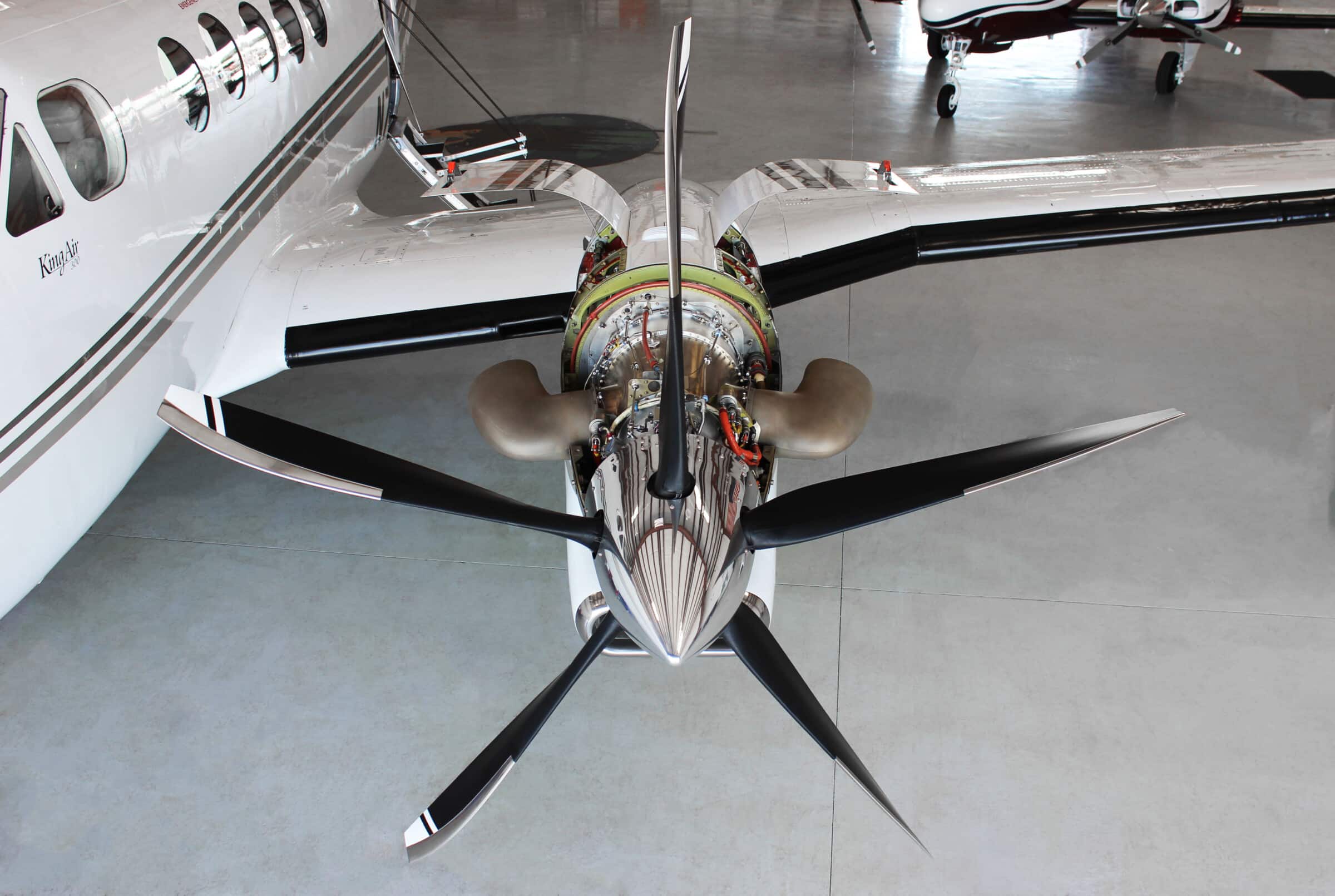Welcome to “I Fly a Blackhawk,” an inspiring series that puts the spotlight on experienced pilots with remarkable aviation journeys. At Blackhawk Aerospace, we’re passionate about improving flight and helping pilots achieve more with their aircraft, which is why we’re excited to share these incredible stories with you. Join us as we step into the cockpit alongside these aviation enthusiasts, each with their unique tale of transformation and exhilaration. Through their experiences, you’ll gain invaluable insights into the world of Blackhawk upgrades, witnessing firsthand how these enhancements, built for pilots by pilots, have redefined their flying experiences and continue to set new standards in aviation excellence. Let’s explore the skies together, one pilot at a time, and discover the unparalleled power of a Blackhawk upgrade.
“I Fly A Blackhawk” – Featuring Tom Clements
The start of our series features Tom Clements, a pilot whose aviation journey, which began with a Private Pilot’s License in 1962, is a testament to the passion and dedication that fuels the dreams of countless aviators. Tom is undoubtedly one of those exceptional figures in the world of aviation who has left an indelible mark. Today, we have the privilege of sharing Tom’s remarkable story, his adventures in the sky, and his experiences with Blackhawk Aerospace’s engine upgrades.

Early Aspirations
Tom’s journey into aviation began at the age of 17 when he earned his Private Pilot’s License. Despite facing the challenges of nearsightedness and astigmatism, Tom’s love for airplanes propelled him forward. He knew that a career in military or airline flying might not be in the cards, but he was determined to make aviation an integral part of his life.
After obtaining a B.S. degree in Mechanical Engineering, Tom embarked on an extraordinary adventure in the United States Navy. He served as an instructor at the Nuclear Power School in Vallejo, California. During his time in the Navy, he utilized his evenings and weekends to acquire various advanced pilot ratings, including Commercial, Instrument, CFI, and Multi-engine, among others.
Upon completing his Navy commitment in late 1971, Tom had a clear vision of pursuing a career in aviation. He sent out countless resumes and was invited for an interview with Beech Aircraft Corporation in Wichita, Kansas. Despite having relatively low total flight hours (around 1,500 hours), Tom’s background in classroom instruction during his time in the Navy made an impression on Beech.
The Beechcraft Years
Tom’s journey into the world of Beechcraft began on January 3, 1972, when he joined the Beechcraft Training Center. At that time, Beechcraft was experiencing rapid growth, with the introduction of models like the E90 and the forthcoming 200-series. Tom was fortunate to become the first instructor for these two exceptional aircraft models.
His dedication and expertise eventually led him to transition from the Beechcraft factory to the factory-owned distributor network back in California in 1977. However, this change didn’t align with his passion for active King Air and Duke flight instruction. Consequently, in 1979, Tom ventured out on his own and founded Flight Review, Inc. This business specialized in on-site ground and flight training, both Initial and Recurrent, for operators of King Airs and Dukes.
The Writer and Educator
Tom’s college minor in English and his love for writing led him to create classroom training materials for the Beechcraft Training Center. His reputation as an aviation writer grew, and he started contributing articles to aviation magazines. Today, Tom’s monthly articles in King Air magazine continue to educate and inspire aviation enthusiasts.
In 2009, Tom compiled many of his articles into a comprehensive book titled “The King Air Book.” A follow-up, “The King Air Book, Volume II,” was released in 2019. With a total flight time of approximately 24,000 hours, including 16,000 hours in King Airs, Tom’s expertise in the field is undeniable.
The Blackhawk Experience
Tom’s extensive experience has allowed him to fly and instruct in numerous King Air models and modifications. Among these, is the Blackhawk engine upgrade. According to Tom, one of the standout features of a Blackhawk engine upgrade is that it leaves the cockpit virtually unchanged. The familiar controls and handles remain intact, making the transition for new operators seamless.
However, the real magic of a Blackhawk engine upgrade lies in the performance boost it delivers, especially for the King Air 350. Tom vividly describes how the increased power during climb to higher altitudes significantly reduces the time-to-climb.
“The performance increase is remarkable! Holding full power during climb to higher altitudes significantly reduces time-to-climb, resulting in about 30 knots more TAS (True Airspeed). Fuel consumption goes up, but fuel efficiency changes very little, and it may even increase slightly due to higher altitudes. I recently flew a customer’s 350 with Blackhawk PT6A-67A engines, and the airplane gained over 40 knots true airspeed. Blackhawk upgrades stand out for their noticeable performance improvements.”
In a world where not all modifications live up to expectations, Blackhawk upgrades consistently stand out. Tom Clements’ endorsement of these upgrades comes from decades of flying and instructing in King Airs and witnessing firsthand the remarkable performance improvements they offer.
As we celebrate Tom Clements’ aviation journey and his passion for excellence, we look forward to more stories from aviators who have experienced the transformative power of Blackhawk Aerospace’s engine upgrades. Tom’s wealth of experience in the world of King Airs reminds us why Blackhawk upgrades are built by pilots for pilots. Stay tuned for more inspiring tales from the skies, where the sky is not the limit—it’s just the beginning.



